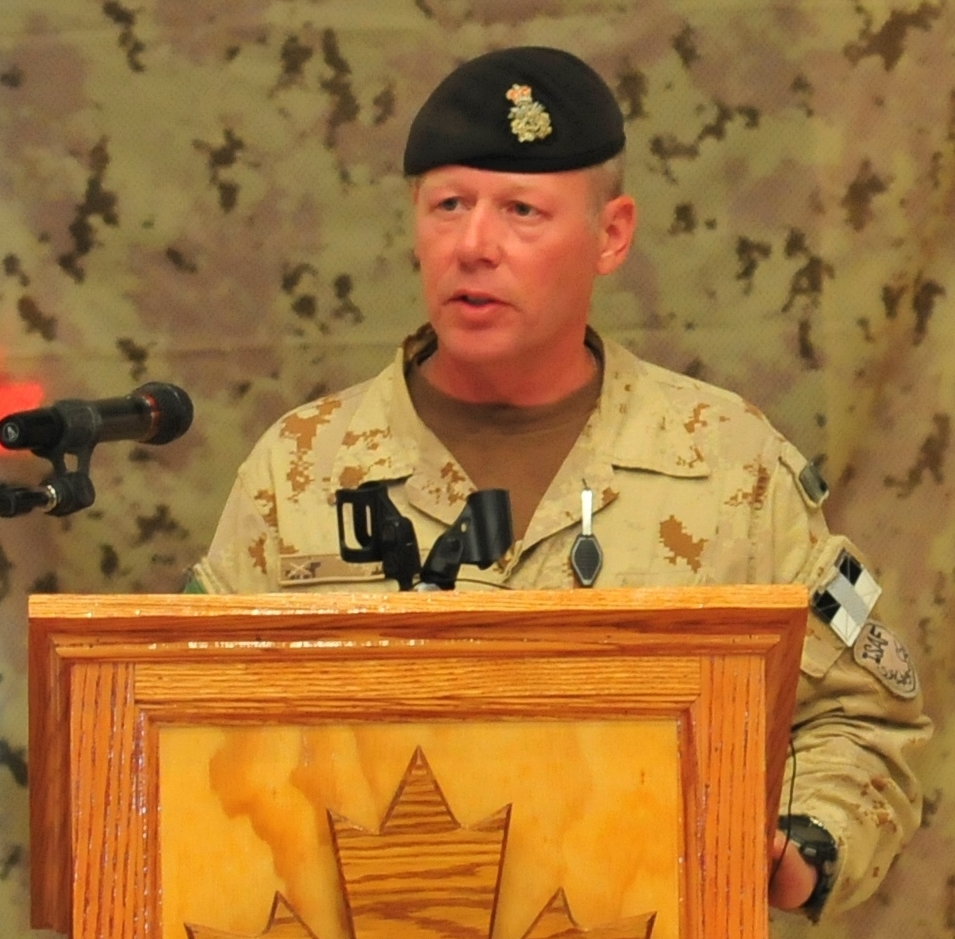
OTTAWA — Canada’s top general says he is not in a rush to start sending Canadian peacekeepers out the door, and he indicated that money will a key consideration when officials sit down to look at potential missions.
Chief of defence staff Gen. Jonathan Vance’s comments come a few weeks after the Trudeau government took another step closer to peacekeeping by offering helicopters, aircraft, troops and trainers to the UN.
Yet the government stopped short of saying where most of those peacekeepers and equipment will be sent, saying it would work with UN officials to fill critical gaps in a variety of missions.
The only exception was to confirm the deployment of a C-130 Hercules transport aircraft to Entebbe, Uganda, where it will be used ferry troops and gear to seven different UN missions in Africa.
Vance refused to speculate during an end-of-year interview on when the military would know where else it will be participating in peacekeeping, even as he pushed back on any sense of urgency.
“I’m in no rush to provide options to government that would somehow throw Canadians at a problem and not help resolve things,” Vance told The Canadian Press at his Ottawa office.
“I’m not really interested, and I don’t think anybody in uniform would be interested in us coming up with a quick decision to just somehow get kudos.”
Even when it came to sending the C-130 to Uganda, Vance would only say: “We’ll put that Herc out there as quick as we can. But I would caution anybody on putting a timeline on it.”
The defence chief’s comments are unlikely to sit well with some UN and foreign government officials who have grown frustrated with what they see as Canada’s foot-dragging when it comes to peacekeeping.
But Vance compared the process of analyzing missions to building a puzzle, as military planners seek to match the troops and equipment Canada has on offer with the UN’s needs and any potential threats.
That is where money could become a factor, as Vance said the government has only authorized him to use a maximum of 600 troops and spend $500 million on peacekeeping.
“As I look at what would it take to do that safely,” he said, “we may not be able to deploy safely with all of the force protection, all the medical, all the support that I think we need and still stay within the funding.
“So it’s a puzzle. And right now we’re working through that. And we have been working through that. I am unashamedly proud of the rigour and the dialogue that we’ve had with decision-makers.”
One thing is clear, however: Canada will not be sending 600 troops to a single location. Rather, the helicopters and aircraft and troops and trainers will be spread out among various missions over several years.
“I think that’s where people had difficulty understanding this: In some people’s mind it was going to be a 600-block of people that went somewhere, did a mission for six months and came home,” Vance said.
“Nope. This is a commitment to the UN, to the institution of the UN, to the mission efficacy and efficiency over multiple years.”
There has long been an expectation and hope within UN circles and among some of Canada’s closest allies such as France and Germany that the Liberals would send transport helicopters to Mali.
Part of that expectation appears to have been driven by a discussion between Vance and his German counterpart, before Jordan and Belgium offered to fill that gap until 2019.
Vance denied having ever told the Germans that Canada would send helicopters to Mali, describing such reports as “urban legend” and “staff chatter.”
“People surmise that there was somehow a Canadian promise to do so,” he said. “Not at all. I’ve never been a part of that, ever. What we’re doing is we’re looking at where we might best fit.”